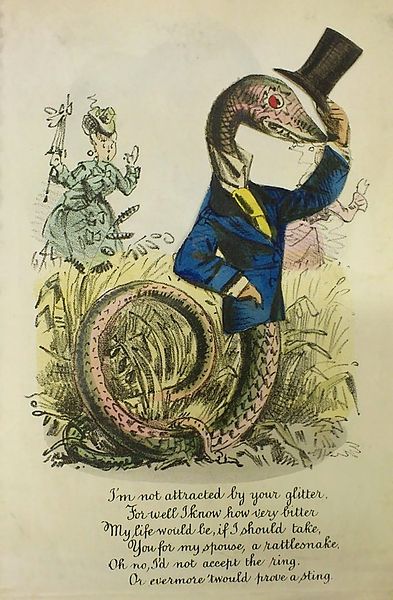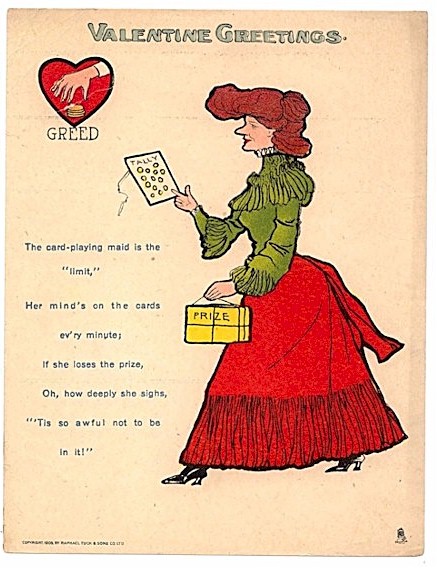Sorry about the Peanuts article missing but here is another great article:
Valentine’s Day was originally a Christian liturgical holiday, but it has since become a global synonym for the celebration of love and affection.
Various customs appeared throughout the world, and they are all connected through the practice of giving symbolic presents and showing praise and appreciation for the people we love.
However, is also popular to mock the tradition and turn Valentine’s Day into a day of cheeky insults and benign pranks.

This practice of satirizing Valentine’s Day originated in the late Victorian era, with the emergence of the so-called “Vinegar Valentines”. In the early 19th century, the celebration of Valentine’s Day was a common thing among the upper classes of British society: many young people of the time already considered the practice obsolete, so they decided to send insult card instead of the usual greeting cards.

These cards were known as “Vinegar Valentines”, and they quickly spread to other parts of Europe and to the United States. They usually contained a caricature and an offensive poem; the caricatures depicted stereotypical characters like the spinster, the floozy, the dude, the snake, or the scholar. These stereotypes actually resembled the stereotypes of today, and the purpose of the cards was to insult the recipient.
Some of the Vinegar Valentines were quite prestigious. By the end of the 19th century, the printing company that created the most luxurious insult cards for the British noblemen was none other than Raphael Tuck & Sons, also known as the Publishers To Their Majesties the King and Queen of England.

Still, Vinegar Valentines quickly became popular with the lower economic classes, and they actually helped to spread literacy among the poor. Literacy of the 19th-century working class was already on the rise because of the pocket “penny dreadfuls” and the popularity of diaries, so Vinegar Valentines only helped in the creation of a predominantly literate society.
The cards were cheaply made and rarely cost more than a single penny, so they often were affordable even to the poorest. Also, people sometimes recognized the humorous content of the cards as downright humiliating, so the cards were often the cause of actual fistfights.

Another inconvenience was that the receiver was responsible for paying the postage of the card instead of the sender. Receivers were obliged to pay for the privilege of being insulted by the often anonymous senders.
We have another story for you:John Callcott Horsley: the designer of the first Christmas card
This practice stopped in the 1840s because people probably realized that someone’s financial demise could be easily orchestrated by showering them with hundreds of Vinegar Valentines.
